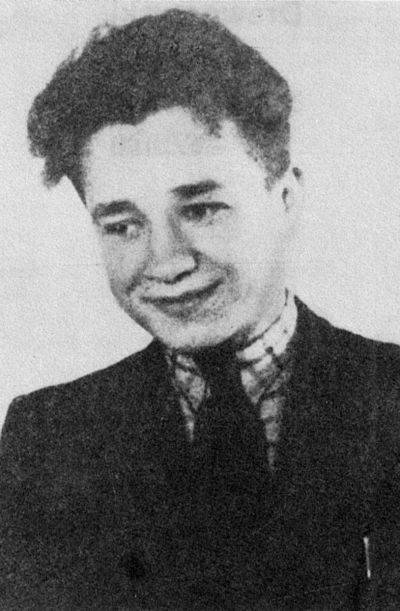Henryk Nazarczuk: Polish War Graves in Germany. A topography of death

The documentation of Polish victims in the Second World War had begun, and indeed it comprised the victims who had died, or been murdered and buried in Germany in the borders created after 8th May 1945: these included soldiers who had been made prisoners of war during the invasion of Poland in September 1939, concentration camp prisoners, forced labourers, soldiers who had fought on the side of the Allies, combatants in the 1944 Warsaw uprising, soldiers in the Polish Peoples Army, and Polish men and women who had died in the Allied camps for “displaced persons” (DPs) after the end of hostilities.
A documentation was created, arranged according to countries and themes. Each entry consisted of a text and a photograph – they were still analogue at the time – pasted on a map, all in a plastic file and a folder. The number of folders grew rapidly. Many years later the General Consulate of the Republic of Poland in Hamburg offered me the opportunity of introducing myself and talking about my “hobby” to government representatives from the Republic of Poland work, during a meeting of Poles living in Germany. Through this I came to the Rada Ochrony Pamięci Walk i Męczeństwa ( Counsel for the Preservation of Battle and Martyrdom). From then on I regularly placed updated written documentation at the disposal of the council and the consulate. In return, valuable information was handed over to me from time to time. People also assured me that I was a patriot.
In 1994 the General Secretary of the Council, Adrzej Przewoźnik – he is no longer alive – suggested that I extend my interest to include the burial places of the soldiers in General Stanisław Maczek’s first Polish armoured division that were scattered all over the Emsland in Western Germany. I already knew about some of the cemeteries with the Maczeks’ graves because the Emsland was part of the territory covered by my employer. I accepted the suggestion of documenting the soldiers’ graves. After I had collected the necessary information with the help of the Polish General Consulate in Hamburg, I thought: “Now I really have something on my plate”. The whole project lasted four years. The complete documentation relating to the number of graves and their condition, based on recommendations given to me by (amongst others), the German authorities and the Consulate, was published in the council’s bulletin “Przeszłość i Pamięć” (The Past and Memorials), Number 1 (6), 1998. I then pushed this old fashioned paper documentation in the direction of a technology that was regarded as a modern miracle and which was light years ahead of all the things I could do. I’m talking about the internet. I updated and corrected them under the link “1 Polska Dywizja Pancerna” (1. Polish Armoured Division). 18 years later I was to enlarge it with a few details about the recommendations and suggestions I had put into practice. I am only too aware of the whereabouts of this “paper relic” after the so-called “dobra zmiana” (Change to the Good)[7]. Its destiny, along with the Council and the Instytut Pamięci Narodowej (Institute of National Memorials) has fallen victim to overblown patriotism.
[7] The election slogan of the Polish government that was responsible for changing the face of the country after November 2015.












